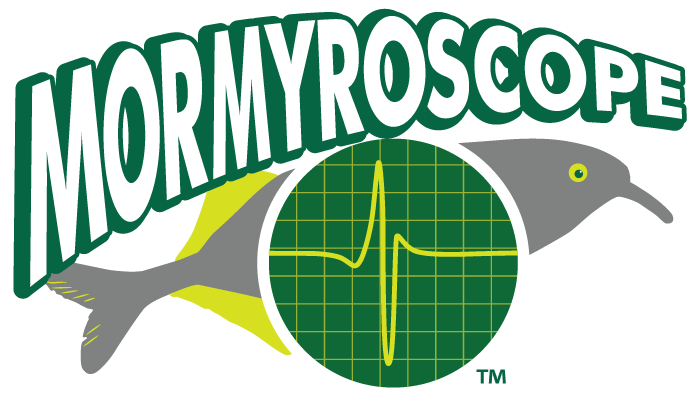An easy way to plot EOD waveforms using ChatGPT
For a modest investment in a USB audio interface anyone can make high quality recordings of a weakly electric fish, whether netted in the field or in your home aquarium (see articles on Mormyroscope software and "How to record EODs" below.) However, often more difficult than making the recordings themselves is displaying the result, manipulating and plotting EOD data and comparing EODs from different individuals.

